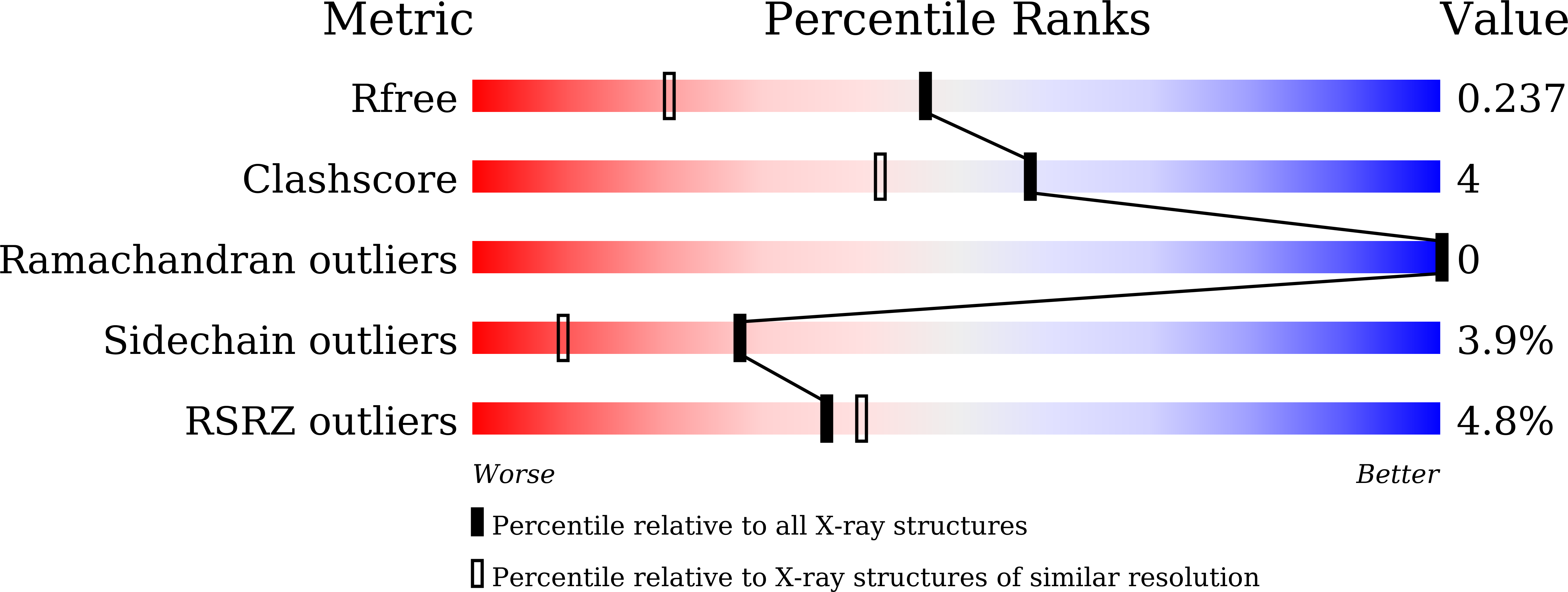
Deposition Date
2024-03-22
Release Date
2025-09-24
Last Version Date
2025-10-01
Method Details:
Experimental Method:
Resolution:
1.75 Å
R-Value Free:
0.22
R-Value Work:
0.18
Space Group:
P 1 21 1


